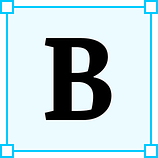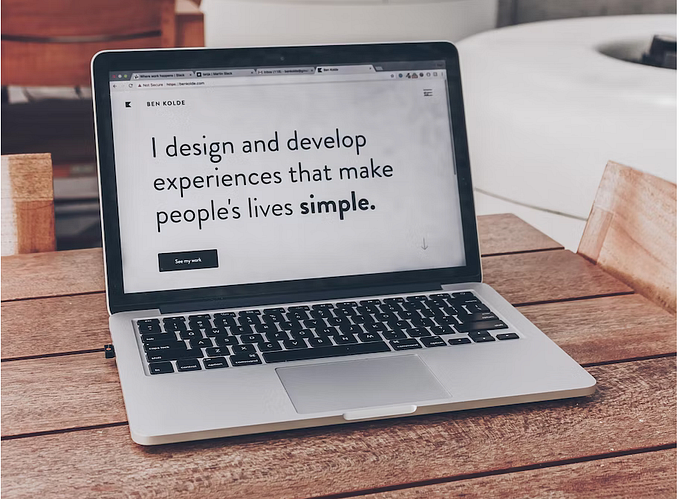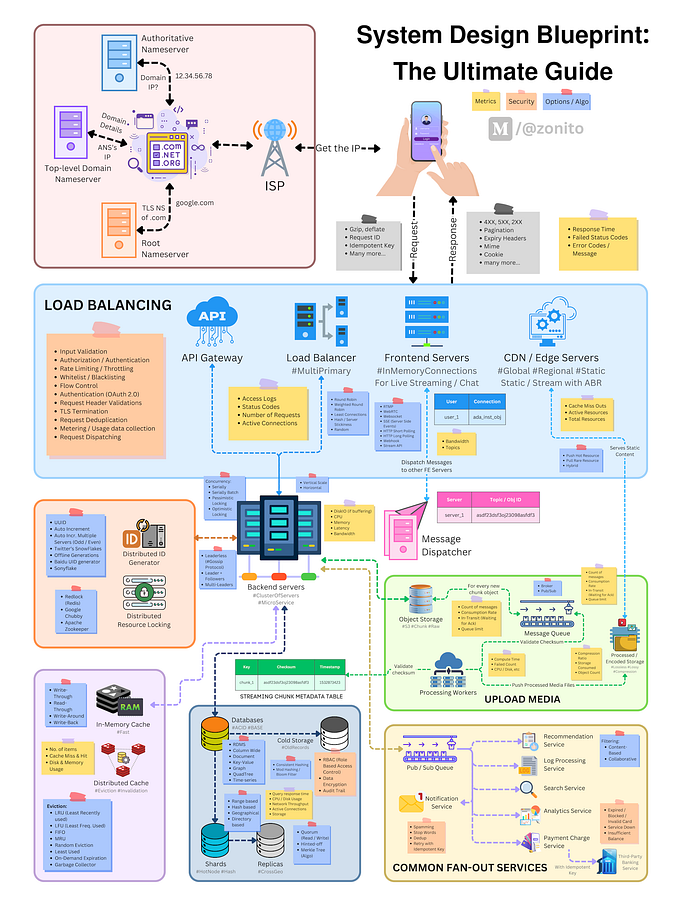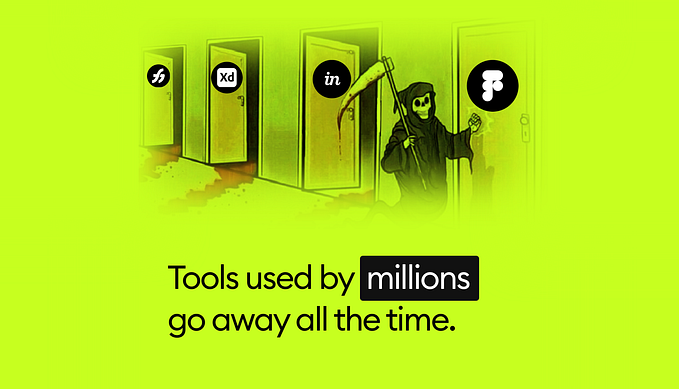7 strategies to build a successful Design team

 Being promoted to a manager for the first time and building an organization can be daunting. While your first thought may be to put the team on your back, that won’t be sustainable or conducive to growth. Being an effective manager means empowering your team to be their best selves, and that means creating an environment that can adapt, facilitate the right conversations with their peers, and deliver their best work.
Being promoted to a manager for the first time and building an organization can be daunting. While your first thought may be to put the team on your back, that won’t be sustainable or conducive to growth. Being an effective manager means empowering your team to be their best selves, and that means creating an environment that can adapt, facilitate the right conversations with their peers, and deliver their best work.
Seek generalists.
User Experience (UX) designers are crucial in the beginning stages of a design process working with product managers and users to understand goals, identify opportunities, and in some cases, conduct research.
User Interface (UI) or Visual Designers designers, on the other hand, generally have a high-level understanding of UX methodologies but excel when it comes to visual and motion design. These roles are critical in the latter stages of the design process.
A generalist is someone that has proficiency in skills that range across the two roles. Having a generalist on your team allows you to have someone who isn’t afraid to take ownership of the whole process from prototyping to high fidelity specs. As the organization grows, you can look for more specialized roles as their expertise will provide areas of growth for designers that may not be strongly suited in areas of the UI/UX spectrum.
From me to we — build design principles to help structure conversations.
At my former company, Base (acquired by Zendesk in 2018), we established six design principles that helped drive a lot of our decisions on both our product and communication design team. Principles create buy-in and accountability between comrades. Additionally, these principals guide better, constructive feedback. Conversations turn from “I think that…” to “does this fall in line with the principles we’ve established?”. Principles aren’t perfect and may change over time so the team should also feel comfortable iterating if need be.
Get feedback early and often.
Your organization will inevitably change, and you must be able to make adjustments to maintain fluidity. Always seek feedback and reflect on work with your team through design critiques, 1:1’s, and retrospectives with cross-functional partner participation. You can help address any process or programming that may or may not resonate or be useful before it’s too late.
Select your tools wisely.
It’s crucial to develop constraints around how your team engages in their work. There is a bevy of design tools that are introduced daily. In a perfect world, designers would work in whatever tool they feel comfortable with, but engineers, PMs, and other partners must collaborate throughout the product development lifecycle. Tools with little or no adoption can result in dollars and time wasted.
Gain perspective before building a process.
Draw perspective by speaking with your team and other departments you work with on processes like onboarding, design reviews, and kick-offs. Once you have a view, keep operations simple and commit to it. Allowing strategy to be inclusive lets you build a stronger connection; your team knows that you listen to them, which results in a higher chance of making things work in the long run.
Create time and space.
Time has to be set aside to help make this a reality to deliver our best work. Often, when you’re putting out fires or continuously dealing with tight deadlines, it’s hard to look ahead.
Budget design and research to work on non-engineering funded projects — this reduces the pressure to time-box deliverables. Additionally, the cost of doing revisions on design is far less than building it in code!
Learn how to say no. Let’s be real; organizations do not have infinite resources. If you are not in conversations with your engineering and product partners and your blocking, then the process is flawed.
Poor planning doesn’t help anyone. Your eng is stress; your design team is stressed. And that will show up in the product.
Appoint a culture champion.
These are the folks that not only respect you but have the respect of their peers. Culture champions have the drive to go above and beyond their daily tasks and are committed to the company and product vision. They help establish the culture by helping organize team-building activities and play a vital role in the mentorship of newer employees when you scale.
What are some things you’ve learned from building your design team? Connect with me on LinkedIn, Twitter, and subscribe to my podcast, Technically Speaking.











